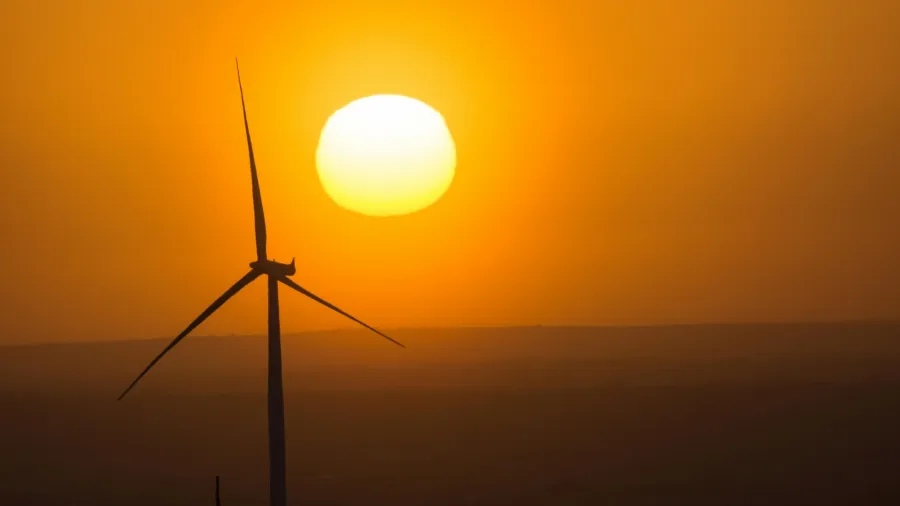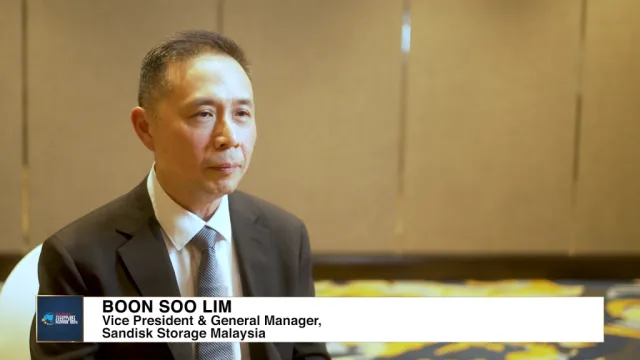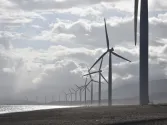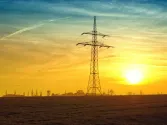
Global renewable energy gap widens despite growing capacity
Asia continued to lead in clean power capacity.
Despite global renewable energy capacity growing by 15% in 2024, some regions still get left behind, widening the transition gap across the world.
According to the Renewable Energy Statistics 2025 by the International Renewable Energy Agency (IRENA), Asia continues to lead the shift, accounting for 71% of new renewables capacity in 2024. It is followed by Europe and North America, contributing 12.3% and 7.8%, respectively.
This leaves behind Africa, Eurasia, Central America and the Caribbean, which together accounted for 2.8% of total capacity addition. Despite its massive economic and development opportunities, Africa only increased its renewables capacity by 7.2%, IRENA said.
“Bridging the divide and closing the investment gap between countries and regions is critical. It requires targeted policies, international financing, and partnerships that unlock capital and technology where they are needed most,” said IRENA Director-General Francesco La Camera.
“By aligning investment flows with policy frameworks, we can ensure that the green transition becomes a powerful engine for resilience and sustainable economic growth worldwide,” he added.
Last year, the world added 582 gigawatts (GW) of renewable capacity. This is dominated by solar and wind power, which account for 97.5% of all net additions in 2024, with the former increasing by 453 GW, and the latter adding 114 GW.
Whilst it represents a record increase, it still falls short of the pace required to reach the global tripling target of 11.2 terawatts (TW) by 2030, RENA noted. If the same pace continues, the world will only reach 10.3 TW, missing the target by 0.9 TW.
“Achieving the target by 2030 would require renewable capacity to expand even faster at 16.6% annually in less than the remaining five years,” IRENA said.















 Advertise
Advertise









